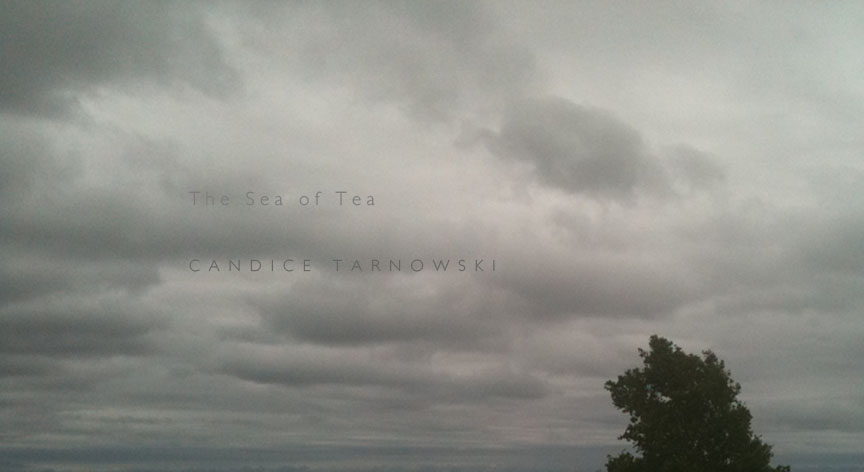
at the CCAG is a poster by Paul Chan.
If art is, in truth, art, it feels as if it is too concrete to be mere appearance, but not concrete enough to exist as mere reality. In other words, art is more and less than a thing. And it is this simultaneous expression of more-ness and less-ness that makes what is made art. ...How is art less than a thing? A thing, like a table, helps us belong in the world by taking on the essential properties of what we want in a table. ...As long as it is endowed with purpose, so that a table inhabits its “table-ness” wholly, to not only give us a surface on which to eat, or write, or have sex, but also to substantiate that purpose as the external embodiment of our will. In a sense, a thing is not itself until it contains what we want. Once it becomes whole, a thing helps us differentiate it from all that it is not. A chair may act like a table, enabling us in a pinch to do all the things a table can. But it is only acting. A thing’s use is external to its nature. And what is essential to a table’s nature is that all the parts that make up a table become wholly a table, and not a chair, or a rose, or a book, or anything else.
In art, the parts do not make a whole, and this is how a work of art is less than a thing. Like the perfect crime or a bad dream, it is not apparent at all how the elements come together. Yet they nevertheless do, through composition, sometimes by chance, so that it appears as if it were a thing. But we know better, since it never feels solid or purposeful enough to bear the weight of a real thing. This is not to say that art does not really exist or that it is just an illusion. Art can be touched and held (although people usually prefer you not to). It can be turned on or off. It can be broken. It can be bought and sold. It can feel like any other thing. Yet in experiencing art, it always feels like there is a grave misunderstanding at the heart of what it is, as if it were made with the wrong use in mind, or the wrong tools, or simply the wrong set of assumptions about what it means to exist fully in the world.
This is how art becomes art. For what it expresses most, beyond the intention of the maker, the essence of an idea, an experience, or an existence, is the irreconcilability of what it is and what it wants to be. Art is the expression of an embodiment that never fully expresses itself. It is not for lack of trying. Art, like things, must exist in a material reality to be fully realized. But unlike things, art shapes matter—which gives substance to material reality—without ever dominating it. ...[B]ecause it cannot express what it truly wants to be, art becomes something greater and more profound. Its full measure reaches beyond its own composition, touching but never embracing the family of things that art ought to belong to, but does not, because it refuses (or is unable) to become a thing-in-itself. Instead, art takes on a ghostly presence that hovers between appearance and reality.
- Paul Chan (excerpt from What Art Is and Where It Belongs)
In art, the parts do not make a whole, and this is how a work of art is less than a thing. Like the perfect crime or a bad dream, it is not apparent at all how the elements come together. Yet they nevertheless do, through composition, sometimes by chance, so that it appears as if it were a thing. But we know better, since it never feels solid or purposeful enough to bear the weight of a real thing. This is not to say that art does not really exist or that it is just an illusion. Art can be touched and held (although people usually prefer you not to). It can be turned on or off. It can be broken. It can be bought and sold. It can feel like any other thing. Yet in experiencing art, it always feels like there is a grave misunderstanding at the heart of what it is, as if it were made with the wrong use in mind, or the wrong tools, or simply the wrong set of assumptions about what it means to exist fully in the world.
This is how art becomes art. For what it expresses most, beyond the intention of the maker, the essence of an idea, an experience, or an existence, is the irreconcilability of what it is and what it wants to be. Art is the expression of an embodiment that never fully expresses itself. It is not for lack of trying. Art, like things, must exist in a material reality to be fully realized. But unlike things, art shapes matter—which gives substance to material reality—without ever dominating it. ...[B]ecause it cannot express what it truly wants to be, art becomes something greater and more profound. Its full measure reaches beyond its own composition, touching but never embracing the family of things that art ought to belong to, but does not, because it refuses (or is unable) to become a thing-in-itself. Instead, art takes on a ghostly presence that hovers between appearance and reality.
- Paul Chan (excerpt from What Art Is and Where It Belongs)

No comments:
Post a Comment